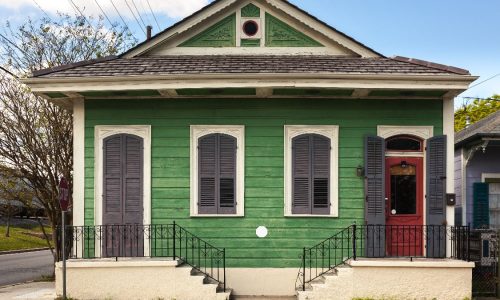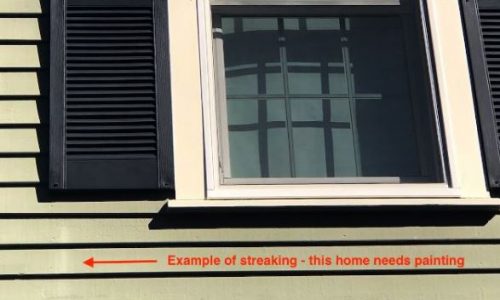Frequently Asked Questions
about Painting your exterior in the Boston and South Shore areas.
Common Questions About House Painting Projects
I have rotted wood on my exterior, do I need to have it fixed by a carpenter before CertaPro paints?
To provide one-stop shopping for our customers, we have carpenters on staff that can do everything from replace rotted trim, clapboards and missing shingles to install new windows and siding before we paint.

Can you help me choose new exterior colors?
Yes, we have three designers on staff that help our customers choose both interior and exterior colors at their homes or businesses. This is a free service to all of our customers after you choose us as your painter.
We have even collaborated with Sherwin Williams to produce our own fan deck of popular South Shore and Boston historical colors.
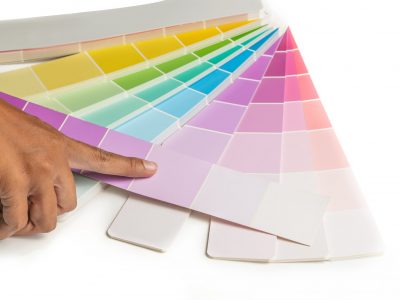
How will I know if my home needs painting or staining?
If you have any of the following happening on your home’s exterior, you need to paint or stain it:

Bubbling
Especially visible when moisture gets behind the top coat after it rains or when it’s hot outside.
Questions About Preparation Before Painting
How do you prepare the exterior of a house for painting?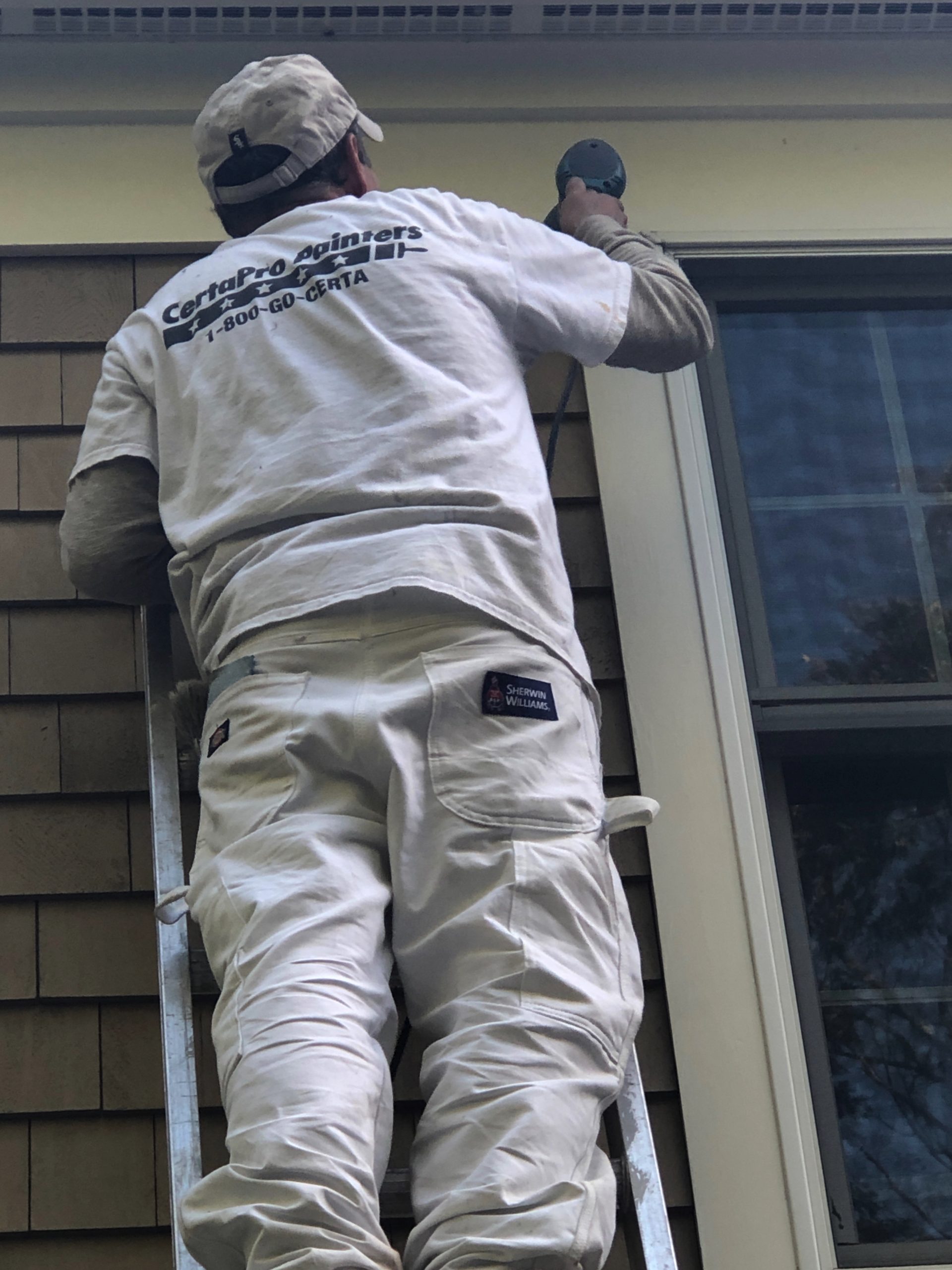
Step 1: Washing – either we power wash or a handwash to remove mold, algae and dirt.
Step 2: Scraping loose paint back to a firm edge. This means we scrape until no further paint is easily scraping off.
Step 3: Sanding to and feather sand prepped areas. Sanding wood helps prepare the surface with more “bite”, so the coating adheres/absorbs better. Furthermore, the feathered edge allows for an even coating that’s longer lasting.
Step 4: Caulking and sealing cracks, gaps and crevices. Talk with your estimator about your idea of what the final product will look like.
Are there different levels of preparation that I can have done?
Yes, we offer several levels of surface preparation – all of which depend on your budget and expectations of the final paint job. For example, if you’re selling your home, you may not want to pay for additional sanding to smooth the prepped areas. On the other hand, you may want your front door stripped and sanded to a smooth touch because it is so visible.
Do we need to strip or remove the old paint before I repaint?
Typically all paint does not need to be removed, only areas of questionable condition such as areas that are flaking, peeling or cracking. If you want specific areas of the building stripped of all old paint so the highly visible surface is smooth or because of certain technical needs you have, discuss the cost of this with your project manager.
What is primer and when it is needed?
Primers are coatings used to prepare the surface to more easily accept a top coat of paint. Primers work to seal out moisture, resist bleeding of stains and chemicals from inside the substrate, and cover chalky surfaces.
When paint is already well-adhered, you usually don’t need a full prime coat. Spot priming is commonly performed where the surface is bare or preparation such as scraping and sanding has occurred. During extreme color changes it’s helpful to apply a tinted primer coat to allow better coverage of the new color.
Questions About Paint Products & Application
Which paint should I use – Oil or Latex?
Oil paints and stains of yesteryear, although very durable, are being phased out of the painting industry and are no longer commonly available.
100% acrylic resin latex paints and stains are the new standard for residential painting projects and modern acrylic formulas are quite durable.
Since acrylic latex paint is so flexible, it can be painted over oil paint. We recommend fully prepping the surface and applying a primer and 2 coats of acrylic top coat to get a good result.
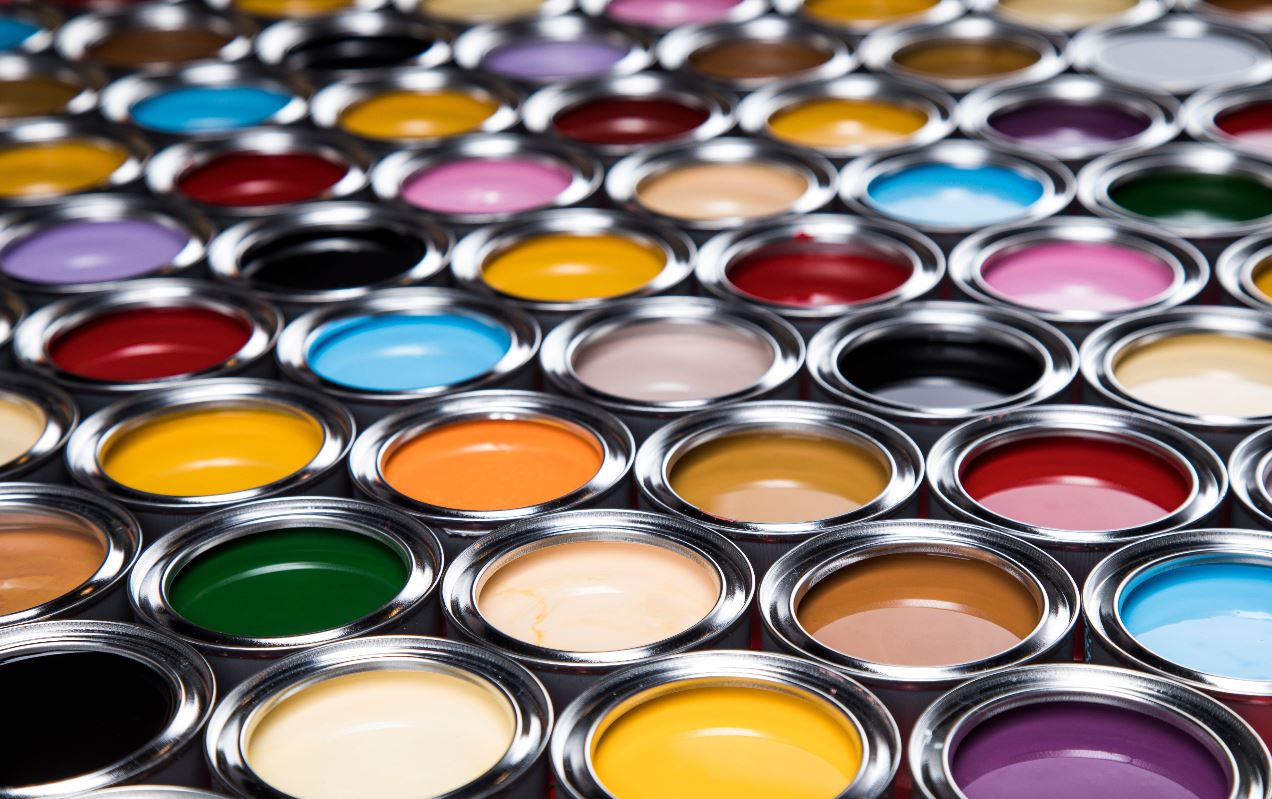
How many coats of paint do I need?
The Boston area and South Shore have extreme weather conditions, including cold winters and hot summers. The salt air of our coastal towns also affects the wear and tear on your home. Here are some rules of thumb:
For exteriors in good condition where the color of the paint is not changing: Normally one coat will suffice. We call this a “maintenance” coat because it often may need to be applied even though the house looks like it’s in good shape. If you think you’ll be selling your home in the next 3 years, one coat normally will suffice.
For exteriors changing color: Normally a tinted primer and two coats of paint will need to be applied. If you are dramatically changing colors, you may need a 2-3 coats of paint to get even coverage.
For exteriors that haven’t been painted in 5+ years: Normally a spot prime with two coats of paint will be needed to protect properly and keep your home looking fresh.
For exteriors that haven’t been painted in 10+ years: A full prime might need to be applied after vigorous prep, with 2 top coats of paint.
How long does it take the new exterior paint to dry?
Most acrylic latex paint “set” in 1-2 hours.
To fully cure, most latex paint takes thirty days, depending on the weather.
If we have painted your window sash (the part of your window next to the glass) or doors, you should periodically open and close them before bed and upon waking so they don’t stick, for the first two days. You should periodically move them up and down after that for the next two weeks.
How often do I have to paint my exterior in the Boston and South Shore area?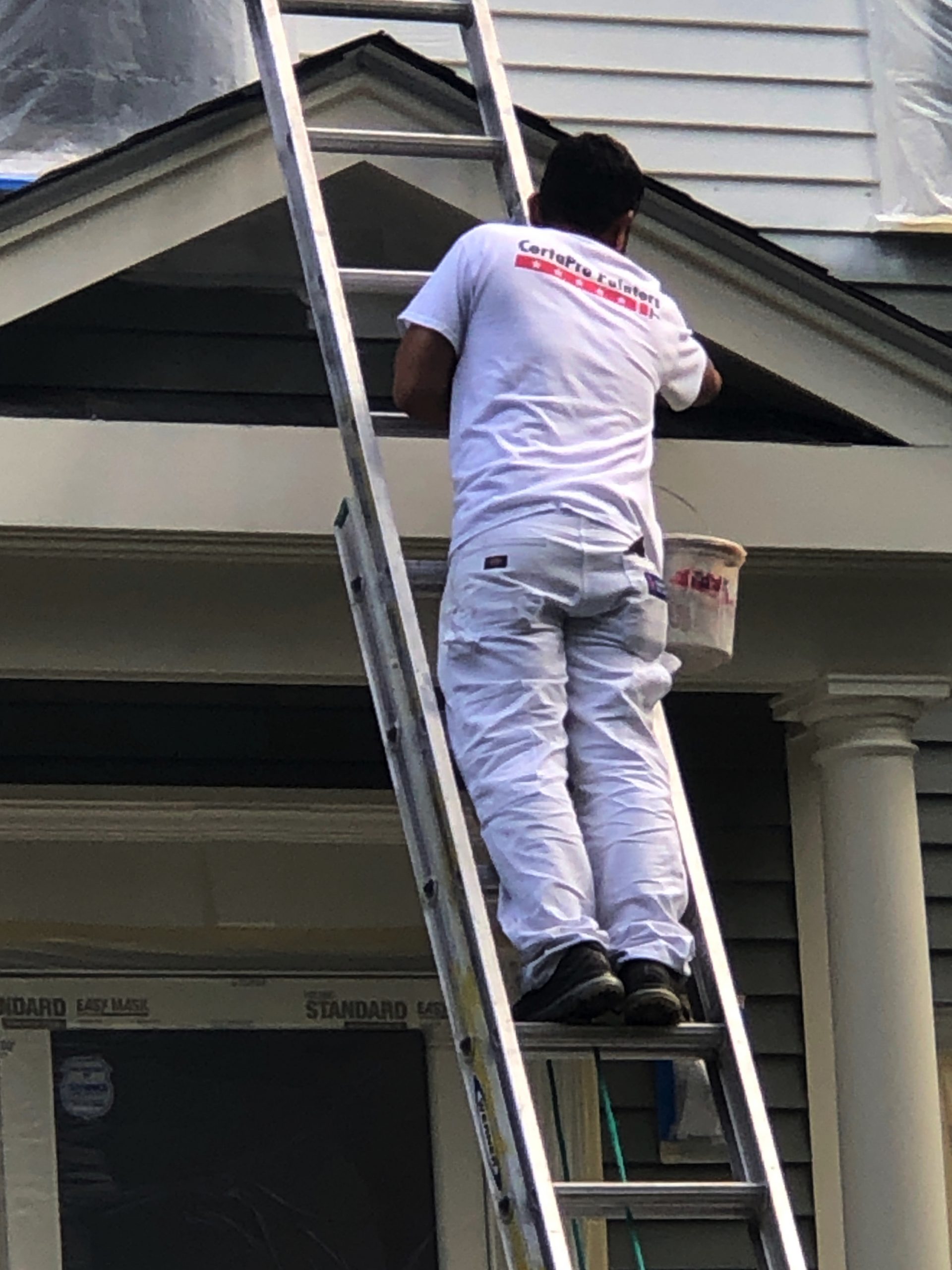
For coastal homes (such as ones in Duxbury, Cohasset, Scituate, Marshfield, Hull etc.) we recommend applying a maintenance coat of paint or stain every 4-6 years. This helps protect your home from the harsh coastal climate and the salt air.
For non-coastal homes on the South Shore and Boston area you likely will need to paint every 5-7 years.
Decks and horizontal surfaces will need to be stained every 1-2 years or 2-3 years for solid deck coatings to stay fresh looking. We have a lot of beautiful mahogany decks on the South Shore and surrounding towns that need regular maintenance to stay protected.
How can I make my paint job last longer?
Use high quality paints. Many contractors will tell you they use “Sherwin Williams” or “Benjamin Moore,” but within those brands there are dozens of grades of paint. Be sure you are using a high grade of paint (usually more expensive) and not a “contractor grade” of paint. Most of the cost of the painting is in the labor, so using a more expensive paint only adds about 3% to the total cost of the project, but can last for years longer.
Make sure the surfaces are well prepared.
Have your home power washed to remove dirt and mold/mildew every few years.
Do I need to buy the paint?
No. We get such steep discounts from Sherwin Williams and Benjamin Moore, we can pass those savings onto you. Your quote from us INCLUDES all paint and materials.
Which application method is better…spraying or hand brushing?
Spraying and brushing are both acceptable application methods as long as the paint is put on at the proper spread rate (sq. ft./gallon) and applied by a skilled technician. As long as the surface has been properly prepared, sprayed paint will adhere as well as brushed, and often can get into crevices that a brush or roller can’t.
Often we do a combination of spraying and back-rolling to ensure the coating that’s sprayed really “gets into” and is absorbed by substrate.
We always follow manufacturer’s recommendations when applying paint and stains.
What does VOC mean?
VOC stands for “volatile organic compound” and refers to the compounds that are off-gassed while the paint dries. VOCs usually have a bad odor and are sometimes toxic. We can paint with No-VOC or Low-VOC paints in your home or business to make sure the space is as healthy as possible.
Which paints are best?
More expensive paints are generally better than less expensive ones. Because pricier paints are formulated with more durable pigments, binders and resins, they usually give you a better finish quality. And because more and better pigments mean less coats of paint, you may even save money in the end by having to apply fewer coats.
Beware: Some painters might give you a quote with the brand “Benjamin Moore” or “Sherwin Williams” as the paint type. You want to every painter to specify in your written quote the GRADE OF PAINT they’ll be using, as there are inexpensive contractor grades as well as expensive designer grades within every paint brand.
For example, if your painter specifies “Sherwin Williams,” ask, “Which grade of Sherwin Williams’ paint?” Simply seeing “Sherwin Williams” on your quote tells you nothing about the quality of the paint that will be applied.
Here are the paints we generally recommend for South Shore and Boston area homes – of course, we’ll always recommend what’s best for your home when we give you a quote and, will use any paint you ask us to use if you have a strong preference.
Interior walls: Sherwin Williams Duration Home in a Matte Finish
Interior trim: Sherwin Williams Duration Home in a Semi-Gloss Finish
Exterior siding: Sherwin Williams Woodscapes Solid Stain
Exterior trim: Sherwin Williams Resilience in a Satin Finish
If you have any questions, please reach out to us at [email protected]. We’re happy to answer your questions, even if you’re doing the painting yourself.



